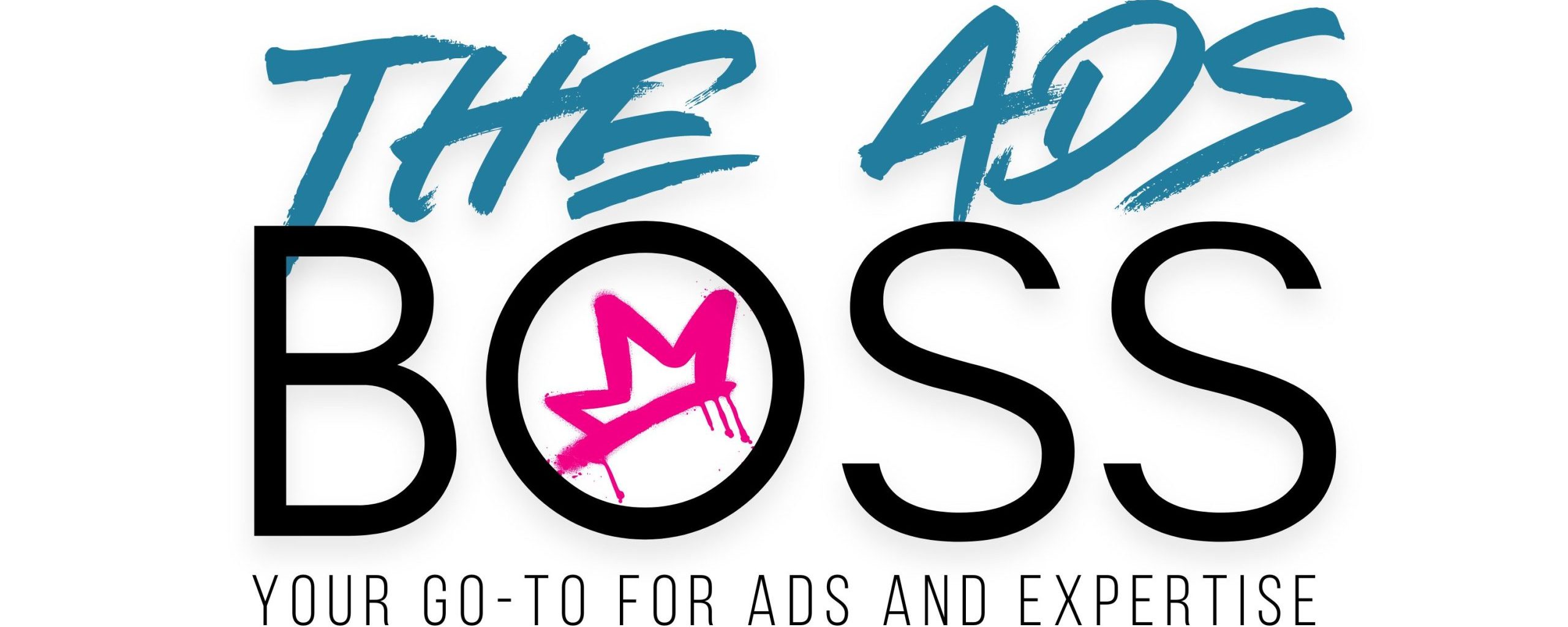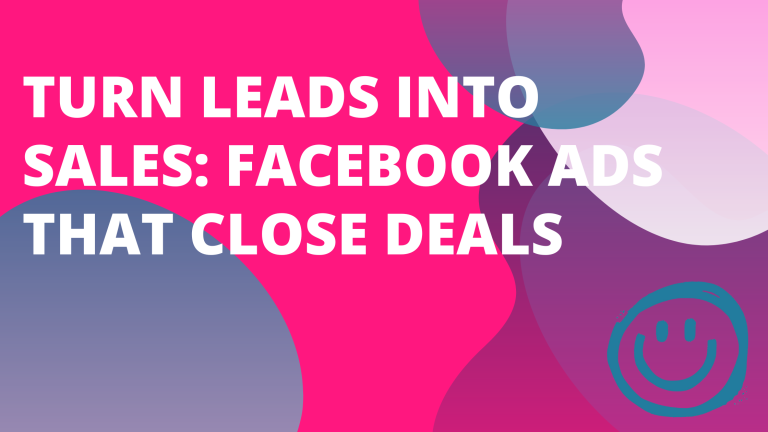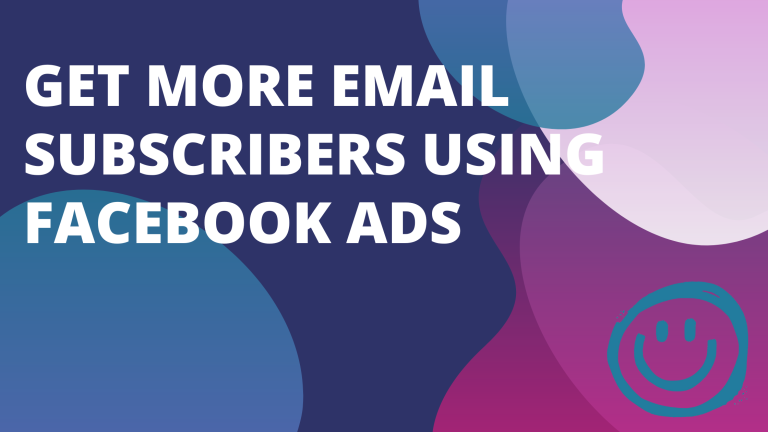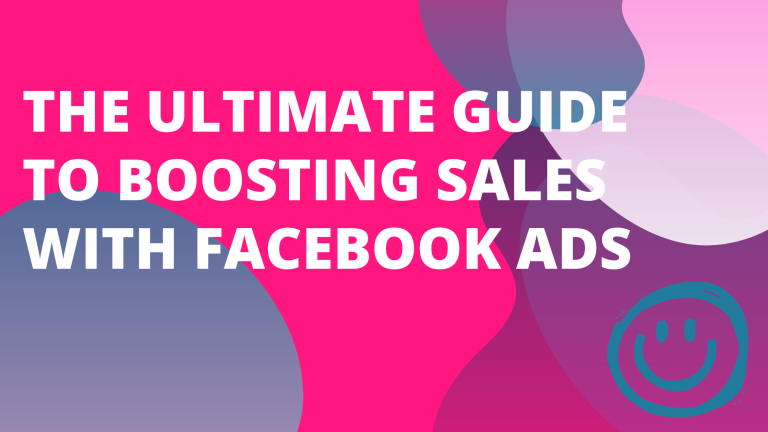How Facebook Ads Can Help You Clear Unsold Inventory

Use Facebook Ads to Clear Unsold Inventory Fast [Guide]
Unsold inventory can weigh down your business and drain resources. Many companies struggle to clear out excess stock, leading to lost income and wasted space. But what if there’s a straightforward solution right at your fingertips?
Facebook Ads can be a powerful way to tackle this issue. With its vast audience and targeting options, you can reach the right customers quickly. In this post, we’ll explore how to craft effective ads, target the right groups, and convert interest into sales.
Get ready to turn idle inventory into cash with strategies that work.
Understanding Unsold Inventory
Unsold inventory is more than just leftover stock; it represents a significant hurdle for businesses. It ties up cash flow, occupies valuable storage space, and can negatively affect your bottom line. Understanding its implications can help you formulate effective strategies to clear it out, such as using Facebook Ads. Here’s a closer look at the costs involved and the common reasons products may sit unsold.
The Cost of Unsold Inventory
Unsold inventory comes with financial implications that every business owner should consider. When products remain on the shelf, they can lead to:
- Capital Loss: Money tied up in unsold items cannot be reinvested into other profitable areas of the business. This opportunity cost can accumulate over time.
- Storage Fees: Maintaining excess stock often requires additional warehouse space, which can generate extra renting costs or overhead.
- Potential Write-offs: If the inventory remains unsold for too long, it might lose its value, leading to write-offs. This further diminishes your profits.
- Decreased Cash Flow: Cash flow disruptions can hinder your ability to pay suppliers and staff, leading to broader operational challenges.
In short, unsold inventory drains your business resources and limits its growth potential. Recognizing this cost is crucial for better management strategies.

Reasons for Unsold Inventory
Several factors can contribute to products being left unsold. Understanding these reasons can help you take corrective actions:
- Poor Marketing: If your products aren’t effectively promoted, potential customers won’t even know they exist. Without visibility, sales are unlikely.
- Incorrect Pricing: Pricing too high can deter buyers, while too low may send the wrong signal about quality. Finding the right balance is key.
- Lack of Demand: Sometimes, products simply don’t meet market needs. Researching demand before launching new items can prevent this issue.
- Ineffective Targeting: If you’re not reaching the right audience, even the best products may fail to sell. Identifying your target market is essential.
- Seasonality: Some items have a specific selling season. Missed opportunities here can lead to excess stock after peak periods.
Addressing these issues can significantly reduce unsold inventory. By adjusting your marketing strategies, including paid ads on platforms like Facebook, you can ensure your products find a place in consumers’ hands.

Photo by Tiger Lily
The Role of Facebook Ads
Using Facebook Ads to clear unsold inventory can dramatically enhance your marketing efforts. With the platform’s massive user base and sophisticated targeting capabilities, you can direct your message to the right audience. This ensures that your products are seen by potential customers actively looking to make a purchase.
Targeted Advertising Capabilities
One of Facebook’s greatest strengths is its ability to target specific audiences. You can create ads that reach potential buyers based on various criteria:
- Demographics: Age, gender, and location allow you to tailor your ads to specific groups who are most likely interested in your products. For example, if you’re promoting sporting goods, you might want to target an active demographic within your local area.
- Interests: Facebook enables you to target users based on their interests. If your unsold inventory includes eco-friendly products, you can specifically reach environmentally conscious consumers.
- Behaviors: This allows you to target users based on their past online actions. If someone frequently browses fashion sites, they might be more inclined to engage with your clothing inventory.
This targeted approach increases the likelihood of converting views into sales. By understanding your audience, you can refine your ad strategy, making each ad dollar count.
Ad Formats for Inventory Clearance
Facebook offers several ad formats ideal for showcasing your inventory. Here are some effective options:
- Carousel Ads: This format lets you display multiple products within a single ad. Users can swipe through various items, making it perfect for highlighting a range of unsold stock. Each product within the carousel can link directly to its purchase page.
- Collection Ads: A collection ad features a cover image or video with several product images underneath. When users click on the ad, they’re taken to a full-screen experience showing more about your offerings. This immersive experience is excellent for catching a potential buyer’s attention.
- Video Ads: Engaging video ads can showcase your products in action. Whether it’s demonstrating a product’s features or sharing customer testimonials, videos can create a powerful emotional connection with viewers.
Having these formats at your disposal allows you to create a dynamic advertising strategy. By using a mix of these ad types, you can showcase your unsold inventory in a way that’s visually appealing and engaging for consumers.

Photo by Tima Miroshnichenko
Creating a Facebook Ads Strategy
A solid Facebook Ads strategy is key to clearing unsold inventory efficiently. It involves pinpointing your goals, developing engaging content, and timing your ads around relevant trends to maximize impact. Here’s how to put these crucial elements into action.
Setting Clear Goals and Budgets
Establishing clear goals for your Facebook Ads is essential. What do you want to achieve? Are you looking to boost sales, clear specific inventory, or raise brand awareness? Define your objectives first.
- SMART Goals: Make your goals Specific, Measurable, Achievable, Relevant, and Time-bound. For example, aim to sell 100 units of unsold stock within a month instead of a vague goal like “increase sales.”
- Budget Allocation: Decide how much to spend. Consider both daily and lifetime budgets. Start small to test ad performance and adjust based on results.
- Breakdown by Goals: Allocate budgets according to different goals. For instance, if you want to clear stock quickly, invest more initially.
- Monitor Performance: Keep an eye on your budget and adjust as necessary. If a campaign is performing well, it might be worth increasing the spend.
By clearly defining your goals and budgets, you can ensure that your ads are focused and effective.
Crafting Compelling Ad Copy and Visuals
Your ad copy and visuals are the frontline of your marketing efforts. Make sure they grab attention and compel viewers to take action.
- Ad Copy Tips:
- Use concise language. Aim for clarity and impact in every word.
- Highlight benefits. Tell potential buyers what they’ll gain by purchasing.
- Include a strong call-to-action (CTA). Phrases like “Shop Now” or “Limited Time Offer” encourage immediate responses.
- Visual Engagement:
- Choose high-quality images or videos. Good visuals create a strong first impression.
- Use colors that align with your brand and evoke the right emotions.
- Experiment with different formats, such as carousel ads to showcase multiple products or videos to tell a compelling story.
Consider using A/B testing. Running different versions of your ads can help you figure out what resonates best with your audience.

Leveraging Seasonal Trends and Promotions
Seasonal events and promotions offer a great opportunity to boost your ad performance. They can create urgency and attract more attention.
- Identify Key Dates: Look for holidays, back-to-school periods, or special sales events related to your inventory. For instance, if you have summer apparel, target your ads around the spring season.
- Create Themed Promotions: Tie your unsold inventory into seasonal promotions. For example, offering discounts on winter gear as winter approaches can drive sales.
- Utilize Urgency: Limited-time offers encourage customers to act fast. Phrases like “Only 5 days left!” can create excitement and prompt purchases.
- Social Proof and Trends: If your product can tie into current trends or popular events, showcase that in your ads. Highlighting customer testimonials related to seasonal purchases can also drive interest.
By aligning your ad strategy with seasonal trends and promotional opportunities, you ensure your efforts resonate with potential buyers at the right time.

Photo by Mikael Blomkvist
Analyzing Ad Performance
Measuring the success of your Facebook Ads is vital for optimizing your strategy and effectively clearing unsold inventory. By closely monitoring key metrics, you can identify what works and what needs improvement. Data-driven decisions can save you both time and money.
Key Metrics to Monitor
Understanding and tracking specific metrics helps gauge the effectiveness of your ads. Here are the key metrics every marketer should focus on:
- Click-Through Rate (CTR): This metric measures how often people click on your ad after seeing it. A high CTR indicates that your ad is engaging. If it’s low, you may need to improve your ad copy or visuals.
- Conversion Rate: This percentage tells you how many clicks led to actual sales. If your conversion rate is low despite a high CTR, your landing page or overall offer may need adjustment.
- Return on Investment (ROI): This tells you how much revenue each dollar spent on ads generates. A positive ROI means your advertising costs are justified by the sales made. Analyze this regularly to see if your campaigns are financially worthwhile.
By focusing on these metrics, you’ll gain valuable insight into your ad performance, allowing you to make informed adjustments.
Using A/B Testing for Optimization
A/B testing, or split testing, is a powerful technique for refining your ads. It involves running two variations of an ad simultaneously to determine which performs better. Here’s why you should incorporate A/B testing into your strategy:
- Identify What Resonates: By testing different elements, such as headlines, images, or calls-to-action, you can discover what resonates with your audience. For instance, one ad may attract more clicks with a bold image, while another may do better with a catchy tagline.
- Optimize Budget Allocation: Once you know which ad performs best, allocate more budget to that version. This maximizes your advertising spend and improves overall campaign performance.
- Continuous Improvement: A/B testing should be ongoing. As market trends and consumer behaviors shift, regularly testing new variations helps maintain engagement and effectiveness.
- Actionable Insights: The data gained from A/B testing gives concrete insights to inform future campaigns. You can build on what works while discarding less effective strategies.
A/B testing empowers you to fine-tune your approach systematically, leading to a more successful ad campaign and ultimately freeing up your unsold inventory.

Photo by Mikhail Nilov
Case Studies of Successful Inventory Clearance
Many businesses have effectively reduced their excess inventory through Facebook Ads. These real-world examples demonstrate how tailored campaigns can align with marketing strategies, driving conversions and clearing out stock. Let’s take a look at some noteworthy success stories.
Retail Success Stories
Several retail brands have successfully harnessed the power of Facebook Ads to clear unsold inventory.
- ABC Clothing Store: After facing excess summer apparel, ABC Clothing Store turned to Facebook Ads. They launched a targeted campaign promoting a “Summer Clearance Sale.” By using demographic targeting based on local weather patterns and previous purchasing behaviors, they saw a 50% increase in foot traffic and sold out their surplus stock in just two weeks.
- Tech Gadgets Unlimited: This electronics retailer faced mounting inventory of older models as new devices were released. They ran Facebook Ads showcasing limited-time discounts on outdated models. By leveraging carousel ads, they highlighted multiple products, which led to a 35% increase in sales over three weeks, effectively clearing the inventory and making space for new arrivals.
- Home Décor Essentials: After overestimating demand for seasonal items, this home goods retailer faced a stockpile of winter décor. They launched an engaging Facebook Ads campaign that featured seasonal promotions. By using visually appealing images and urgency in messaging, they managed to sell out their winter stock two months ahead of schedule.
E-commerce Strategies
E-commerce brands have also found innovative ways to use Facebook Ads for inventory management.
- GadgetPro: An online tech store used Facebook Ads to address unsold inventory of accessories. They crafted a campaign featuring video ads demonstrating how each accessory enhanced main products. This strategy helped boost sales by 40% during a 30-day promotional period.
- Eco-Friendly Goods Shop: This e-commerce brand aimed to promote excess stock of eco-friendly products. They utilized Facebook Ads to target groups that were environmentally conscious. Their campaign, showcasing the benefits of sustainable living, led to a 60% increase in sales within a month.
- Pet Supplies Online: Faced with an overstock of pet toys, this retailer created a Facebook Ads campaign with a bundle offer. They promoted special deals for purchasing multiple items together. The result? A 70% clearance of the unsold inventory in four weeks, while simultaneously increasing customer engagement.
These case studies reveal that through targeted Facebook Ads, businesses can not only clear their excess inventory but also engage their audience effectively. Tailoring ad strategies to fit specific inventory needs and consumer trends can yield impressive results, improving both sales and brand loyalty.

Photo by Yan Krukau
Conclusion and Recommendations
This section summarizes the essential takeaways for using Facebook Ads effectively to clear unsold inventory and offers practical recommendations. By following these guidelines, businesses can maximize their advertising efforts and achieve better results.
Key Takeaways
Clear insights can lead to improved strategies:
- Target Audience: Understand your ideal customer. Tailor ads to reach them directly.
- Ad Formats: Utilize various formats like carousel and video ads to display your products attractively.
- Seasonal Marketing: Align promotions with seasonal trends to drive urgency and interest.
- A/B Testing: Experiment with ad variations to determine what performs best. Make data-driven adjustments.
- Monitor Performance: Keep an eye on key metrics to gauge your ad campaigns’ success.

Actionable Recommendations
- Define Your Audience: Take time to research who is most likely to purchase your unsold inventory. Use Facebook’s robust targeting options to refine your audience.
- Create Engaging Visuals: Invest in high-quality images and videos. Compelling visuals can make your ads stand out in crowded feeds.
- Utilize Clear Calls to Action: Encourage immediate action. Use phrases like “Shop Now” and “Limited Time Offer” to push potential buyers.
- Stay Relevant: Keep promotions aligned with current events, holidays, or seasonality. Timing your ads effectively can lead to increased engagement.
- Test and Optimize: Regularly run A/B tests on different elements—like copy, visuals, and targeting. Analyze results to determine what resonates best and apply those insights to future campaigns.
- Allocate Your Budget Wisely: Start with a small budget, and gradually increase based on ad performance. Monitor your ROI closely and adjust as needed.
- Leverage Social Proof: Showcase customer testimonials and positive reviews in your ads. This can build trust and encourage potential buyers.
By implementing these recommendations, businesses can effectively utilize Facebook Ads to clear unsold inventory, maximize sales, and ultimately improve their bottom line.

Photo by Tiger Lily






